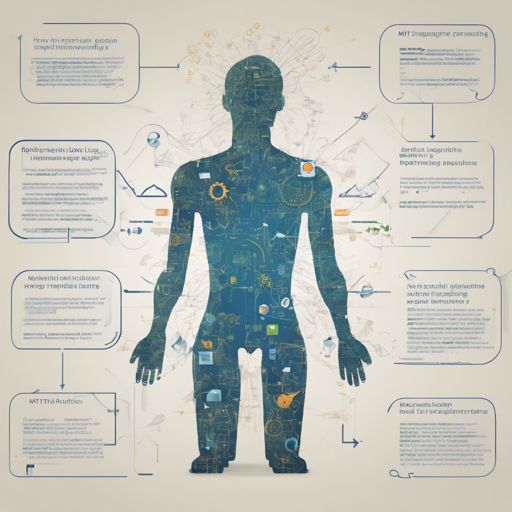Machine translation is a fascinating area in artificial intelligence, allowing us to translate text from one language to another automatically. In this guide, we’ll walk you through the process of utilizing an mT5-based model for translating text between Persian and English.
Requirements
- Python installed on your machine
- The Transformers library from Hugging Face
- A stable internet connection (for downloading the model)
Step-by-Step Implementation
Follow these steps to set up the translation model:
1. Install the Required Libraries
You need to have the Transformers library installed. You can install it using pip:
pip install transformers2. Import the Necessary Libraries
Create a new Python script or open an interactive Python environment and import the required classes:
from transformers import MT5ForConditionalGeneration, MT5Tokenizer3. Initialize the Model and Tokenizer
Now, let’s define the model and tokenizer by specifying the model name:
model_size = "large"
model_name = "fpersiannlpmt5-model_size-parsinlu-opus-translation_fa_en"
tokenizer = MT5Tokenizer.from_pretrained(model_name)
model = MT5ForConditionalGeneration.from_pretrained(model_name)4. Define the Translation Function
You can create a function that takes an input string and generates the translation:
def run_model(input_string, **generator_args):
input_ids = tokenizer.encode(input_string, return_tensors="pt")
res = model.generate(input_ids, **generator_args)
output = tokenizer.batch_decode(res, skip_special_tokens=True)
print(output)
return output5. Run the Translation
Finally, call the function with the Persian text you wish to translate:
run_model("ستایش خدای را که پروردگار جهانیان است.")
run_model("در هاید پارک کرنر بر گلدانی ایستاده موعظه میکند؛")
run_model("وی از تمامی بلاگرها، سازمانها و افرادی که از وی پشتیبانی کردهاند، تشکر کرد.")
run_model("مشابه سال ۲۰۰۱، تولید آمونیاک بی آب در ایالات متحده در سال ۲۰۰۰ تقریباً ۱۷،۴۰۰،۰۰۰ تن (معادل بدون آب) با مصرف ظاهری ۲۲،۰۰۰،۰۰۰ تن و حدود ۴۶۰۰۰۰۰ با واردات خالص مواجه شد.")
run_model("می خواهم دکترای علوم کامپیوتر راجع به شبکه های اجتماعی را دنبال کنم، چالش حل نشده در شبکه های اجتماعی چیست؟")Analogy for Understanding
Think of the mT5 model as a skilled translator in a bustling café. Just as the translator listens carefully to the conversation (input string), they must also understand the nuances of both languages (tokenization). Once they comprehend the message fully, they rephrase it in the target language (output generation) while ensuring the essence remains intact. In our case, we are the café’s patrons, eagerly providing text and receiving coherent translations in return.
Troubleshooting
If you run into any issues, here are some troubleshooting ideas:
- Make sure you have a stable internet connection to download the model.
- Check that the Transformers library is properly installed – you can do this via pip.
- If you encounter errors related to model loading, verify the model name is correct.
- Ensure that your input strings are correctly encoded; special characters can sometimes cause issues.
For more insights, updates, or to collaborate on AI development projects, stay connected with fxis.ai.
Conclusion
Using the mT5-based model is a straightforward process that enables efficient bilingual translation of Persian to English. By following these steps, you’ll be well on your way to harnessing the power of machine translation.
At fxis.ai, we believe that such advancements are crucial for the future of AI, as they enable more comprehensive and effective solutions. Our team is continually exploring new methodologies to push the envelope in artificial intelligence, ensuring that our clients benefit from the latest technological innovations.

